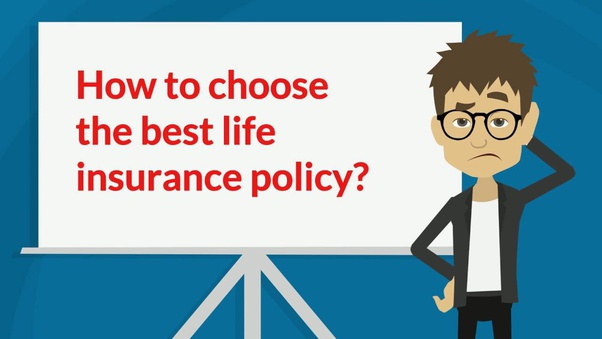Life is unpredictable, and unexpected circumstances such as illness or injury can impact your ability to work. Disability insurance plays a vital role in protecting your income and ensuring financial stability during difficult times. Unlike health insurance, which covers medical expenses, disability insurance provides a steady income replacement if you are unable to work due to a disabling condition.
Many people assume that government programs like Social Security Disability Insurance (SSDI) will cover their needs. However, these programs have strict eligibility requirements and may not provide enough financial support. Private disability insurance offers a more reliable and flexible alternative, ensuring you can maintain your lifestyle even when you cannot work.
Types of Disability Insurance
There are two primary types of disability insurance: short-term and long-term coverage.
Short-Term Disability Insurance: Typically covers a portion of your salary for a few months to a year, depending on the policy. This is ideal for temporary health issues that prevent you from working for a limited period.
Long-Term Disability Insurance: Offers coverage for extended periods, often several years or until retirement, depending on your policy. This type of insurance is crucial for severe injuries or chronic illnesses that lead to prolonged work absences.
Both types of disability insurance are essential in protecting your finances and ensuring that an unexpected disability does not lead to severe economic hardship.
Why You Need Disability Insurance
Many people underestimate the risk of becoming disabled. Statistics show that a significant percentage of workers will experience a disability before they retire. If you are the primary earner in your household, losing your income due to a disability could have devastating effects on your family’s financial well-being.
Disability insurance serves as a safety net by replacing a portion of your income, allowing you to cover essential expenses such as mortgage payments, utility bills, groceries, and medical costs. Without it, you may be forced to dip into your savings or rely on family members for financial support.
How to Choose the Right Policy

Selecting the right disability insurance policy involves evaluating several key factors:
Coverage Amount: Determine how much of your income the policy will replace and ensure it aligns with your financial obligations.
Elimination Period: This refers to the waiting period before benefits kick in. Shorter elimination periods result in quicker payouts but may have higher premiums.
Benefit Duration: Consider how long the policy will provide benefits—some plans offer coverage for just a few years, while others extend until retirement age.
Policy Exclusions: Review the terms carefully to understand what conditions or situations may not be covered.
Consulting with an insurance professional can help you navigate these factors and choose a policy that best suits your needs.
The Cost of Disability Insurance
The cost of disability insurance depends on several factors, including your age, health status, occupation, and coverage level. Generally, policies cost between 1-3% of your annual salary. While this may seem like an added expense, it is a small price to pay for the peace of mind that comes with knowing your income is protected in case of disability.
Employers sometimes offer disability insurance as part of their benefits package, but it’s important to check whether the coverage is sufficient. In some cases, purchasing additional private insurance may be necessary to ensure full financial protection.
Common Myths About Disability Insurance
There are several misconceptions about disability insurance that prevent people from securing adequate coverage:
“I’m young and healthy; I don’t need it.” Disabilities can happen at any age due to accidents or unexpected illnesses.
“Workers’ compensation will cover me.” Workers’ compensation only applies to work-related injuries, leaving you vulnerable to non-work-related disabilities.
“Social Security Disability Insurance is enough.” SSDI benefits are difficult to qualify for and typically provide lower payouts than private insurance.
Understanding these myths can help you make an informed decision and ensure you have the necessary coverage in place.
Final Thoughts: Securing Your Financial Stability
Disability insurance is an essential part of a solid financial plan. It provides a safety net that ensures you and your family can maintain financial stability, even in the face of unexpected health challenges. By carefully selecting a policy that meets your needs, you can enjoy peace of mind knowing that your income is protected no matter what life throws your way.
Take the time to assess your financial situation, research your options, and invest in a policy that aligns with your long-term goals. Disability insurance is not just an expense—it is a valuable investment in your future security.
